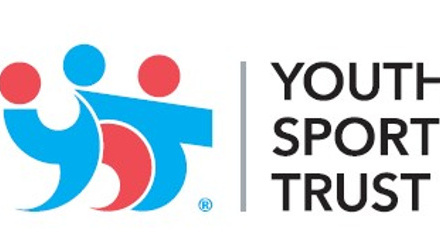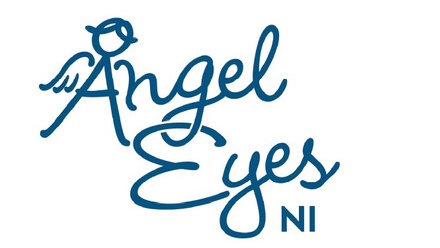Creating an inclusive culture
First impressions are important – ensure prior contact is made before arrival to ensure participants know what to expect and have had an opportunity to discuss any support required.
Conversations are key - The individual knows themselves best, so ask what works best for them and work collaboratively, think about different methods to communicate if need be, e.g. storyboards. Try to have a regular dialog with participants to see how you can help make their experience even better!
Accessibility
Signage – is there appropriate signage that shows people where to go? (think about keeping things simple in terms of language, consider colour contrast, tactile options)
Parking – is there accessible parking and level access entry?
Changing facilities - do you have appropriate changing facilities and an accessible toilet?
Safe spaces – could you create a safe space where young people could go when they feel overwhelmed?
Communication
-
Actively reach out to those within the disabled community – can you connect with local disability organisations? Such as Whizz Kidz, enable Scotland, day centres, and healthcare services?
-
Use a number of different methods to communicate e.g. social media, emails, calls etc (remember to offer different formats e.g if you have a sign-up document in a survey, can you offer it in a word doc?)
-
Language is key – clear messaging encouraging disabled people to be active, think about the terminology used.
More information on engagement here: Effective engagement factsheets (activityalliance.org.uk)
How to engage people with complex disabilities in sport - Sense
Accessible comms tips
Provide captions on videos(some platforms create these automatically others need to be made)
Apps you can use
-
Captions
-
AutoCap
-
Subcap
If you are posting a link on social media or email, try name the link as it is more accessible for screen readers.
If using hashtags, try to ensure the first letter of every work has a capital #LikeThis, this helps screen readers to pickup hash tags
Add alt text to your images, so that people with sight loss can understand what an image shows. (guide on email)
Contrast dark text against light background. E.g. black text on white or yellow background
More info here: Accessible communication formats - GOV.UK (www.gov.uk)




